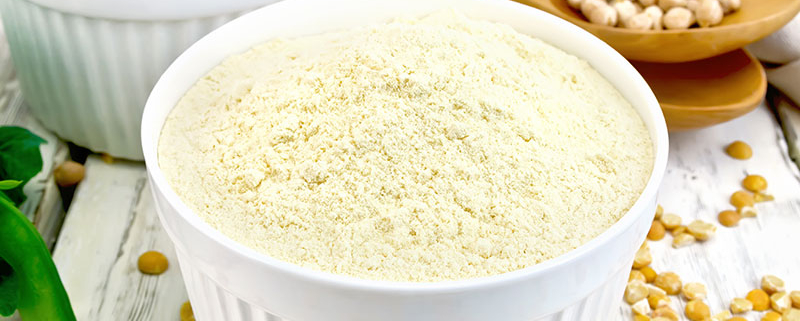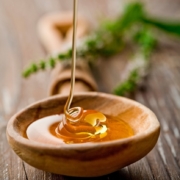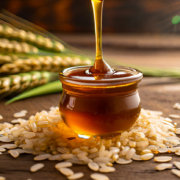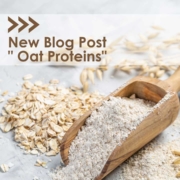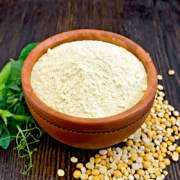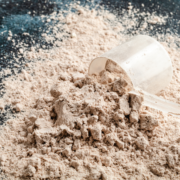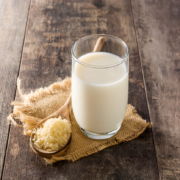Pea Protein: Biological Value and Its Importance
Protein, along with fats and carbohydrates, is one of the three macronutrients essential for our survival. However, it’s not just the quantity of protein we consume that matters, but also its quality. This quality is measured, among other things, by biological value. The biological value of pea protein is 65.
What Does the Value Indicate?
The biological value indicates how much of the protein consumed through food can be converted into the body’s own protein. This primarily considers the ratio of essential amino acids – those that our body cannot produce and must be obtained from food. The corresponding value is based on an egg, which has a value of 100. This is not a percentage but rather a scale value. With 65, the biological value of pea protein is slightly above the average, which is not bad at all.
The value is not very informative on its own as long as you also consume other foods besides peas. It increases through the combination of different protein sources and thus automatically when you have a balanced diet.
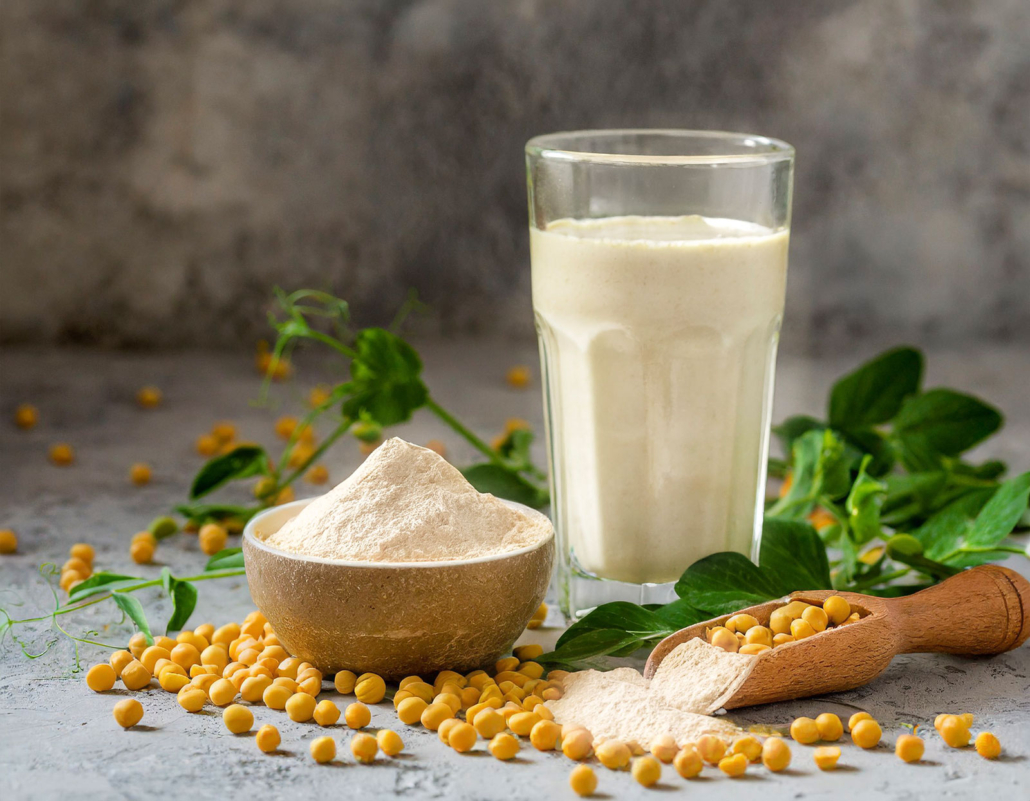
How Can the Biological Value of Pea Protein Be Increased?
How exactly you can increase the value depends, among other things, on how much of the food you consume and what other foods you combine it with. The goal is to cover as complete an amino acid profile as possible. Pea protein, for example, contains all essential amino acids. However, methionine (important for muscle maintenance) and the semi-essential amino acid cysteine (important for blood sugar regulation and the immune system) are not present in sufficient quantities.
Therefore, this deficiency must be compensated for to achieve a complete profile. Legumes like peas can usually be optimally complemented with grains. For example, rice protein has high amounts of methionine and cysteine and can thus compensate for the deficiency in peas. Conversely, rice protein has enough lysine to balance its deficiency in rice. Therefore, rice and pea proteins are a popular combination to increase biological value.
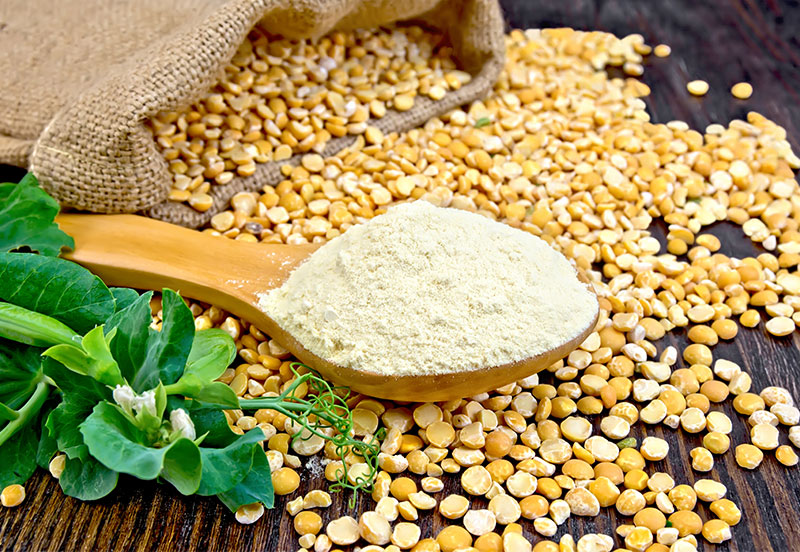
Is This Enough to Assess the Quality of Pea Protein?
Biological value still provides a good overview today but is overall too simple to do justice to the complexity of protein quality. It takes into account the proportion of amino acids contained but not how and where these are efficiently utilized by the body.
Since 2013, the Food and Agriculture Organization of the United Nations (FAO/WHO) has recommended the DIAAS (Digestible Indispensable Amino Acid Score) as a better evaluation method. This method considers not only the composition of amino acids but also their actual digestibility to the last part of the small intestine (ileal digestibility). This provides insights into how efficiently the converted amino acids can be used by the body.
When Is the Biological Value of Pea Protein Relevant?
For normal, healthy, and balanced nutrition, this value is usually not very relevant. However, it can provide a good overview of which foods can be best combined for a good protein composition. Athletes and bodybuilders, in particular, often use biological value to optimize their muscle growth.
In old age, the body can utilize proteins less efficiently – here too, it may be sensible to pay attention to their quality and usability. As with metabolic or other diseases that can lead to a protein deficiency, you should especially consult with your doctor in such cases.
High-Quality Pea Protein from naVitalo
We are specialists in plant-based food ingredients in wholesale. You can get the pea protein from our range in different versions, but always in the best quality. Feel free to contact us if you are looking for vegan ingredients for your production. You can reach us at Phone: +49 (0)208 880 264 00, E-mail: info@navitalo.com.
Sources (As of: 07.03.2024):
Netdoktor: Pea Protein Netdoktor
https://www.netdoktor.de/ernaehrung/lebensmittel/erbsenprotein/
National Library of Medicine: Protein and Amino Acids
https://www.ncbi.nlm.nih.gov/books/NBK234922/
The Current Situation of Pea Protein and Ist Application in the Food Industry https://www.ncbi.nlm.nih.gov/pmc/articles/PMC9412838/

